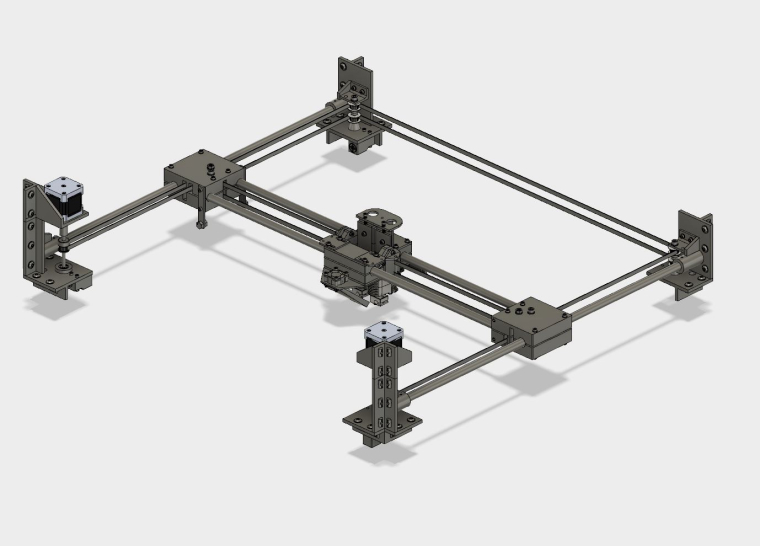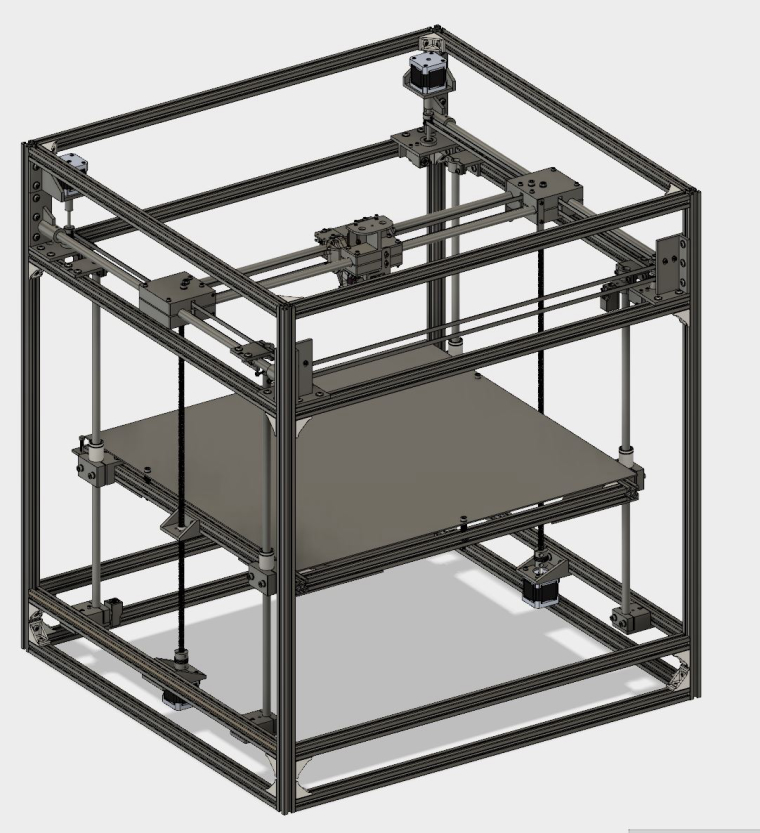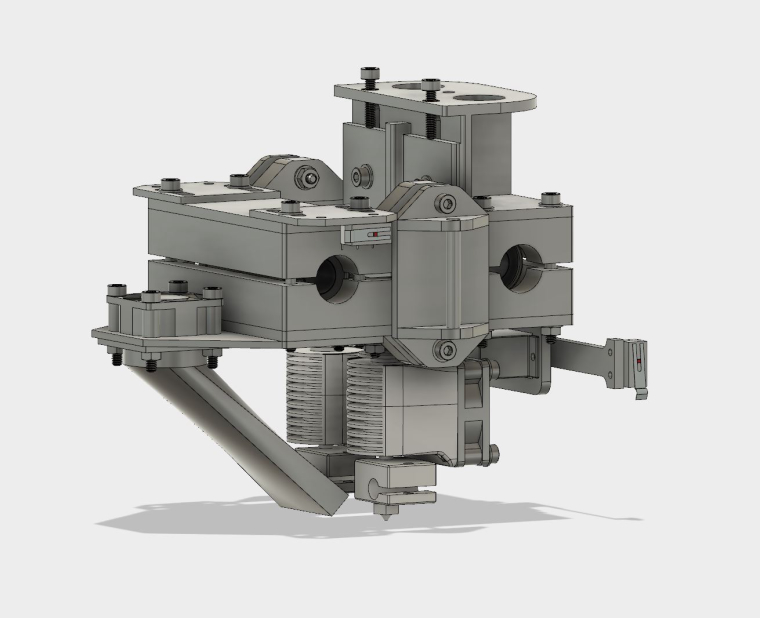I started building various sensors and control functions based on Mysensors quite a few years ago. Some I use originate from the solutions published at the build sections, others are of own design. At that time very few affordable off-the-shelf products were available.
My main controller is OpenHab and MySensors data are sent/received using MQTT. The other part of my IoT network is based on Z-Wave and once getting this mixture to work it just runs with very few hiccups. Main problems are nearly always associated with upgrading to new software versions, especially OpenHab has taken lots of time during conversions.
So for the moment I have everything I need running, it runs very stable and is in a "maintenance" state. Time is limited so focus and activity has had to shift to other things but I try to follow the forum.
For me Mysensors has been a great experience and I will continue using it if other similar sensors/functions are needed. I like building the Mysensors items myself and will not choose anything else if an own project can succeed.
With heaps of IoT things and systems available off the shelf to reasonable prices I think MySensors has to focus on robustness, simplicity and good guides so enthusiasts being tired of the complexity and non-compatibility of commercial solutions are willing to dig out the soldering iron and learn how to make own things.




